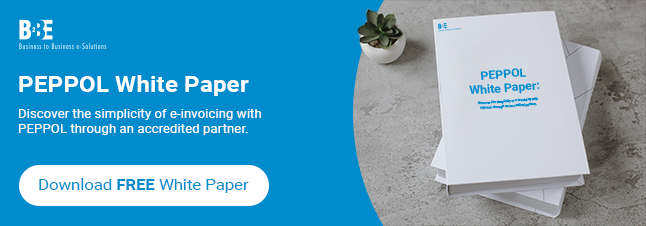In this article, we outline the steps involved for seamless buyer transactions in a supplier e-invoicing environment.
E-facturatie voor leveranciers has revolutionised the way suppliers and buyers interact by enabling faster, more accurate, and secure transactions. With manual invoicing methods prone to delays and errors, e-invoicing ensures streamlined communication, fostering stronger business relationships.
But how exactly do buyer transactions work in a supplier e-invoicing system? Let’s break it down.
How do buyer transactions work in a supplier e-invoicing system?
Step 1: Generating the E-Invoice
Firstly, the supplier generates an e-invoice using their invoicing software or enterprise resource planning (ERP) system. This digital invoice includes essential details such as:
- Purchase order (PO) number
- Goods or services delivered
- Agreed payment terms
- Applicable taxes and total amount due
Step 2: Sending the E-Invoice to the Buyer
The e-invoice is then transmitted electronically to the buyer’s system via a secure platform, often using an EDI (Electronic Data Interchange) or an e-invoicing network. This automated process eliminates delays caused by postal services or manual email submissions.
Bekijk onze video hieronder:
Step 3: Validation and Matching
Upon receipt, the buyer’s system validates the e-invoice against corresponding documents, such as:
- Purchase orders
- Delivery receipts
- Goods received notes
This automated matching process ensures the invoice aligns with the agreed terms, therefore reducing the chances of discrepancies and disputes.
Step 4: Buyer Approval and Acknowledgement
Once validated, the buyer approves the invoice for payment. Any mismatches are flagged automatically for resolution. Many systems also send an electronic acknowledgment to the supplier, confirming receipt and the approval status of the invoice.
Step 5: Payment Processing
The buyer processes the payment based on the agreed terms. With e-invoicing, payments are typically faster as automated workflows minimise manual intervention and approval bottlenecks.
Step 6: Record Keeping and Compliance
Both parties store the e-invoice digitally for future reference. E-invoicing platforms often include compliance features to ensure the invoice meets tax regulations and legal standards for both the supplier and buyer.
Benefits of E-Invoicing for Suppliers in Buyer Transactions
- Faster Payment Cycles: Automated processes reduce delays, ensuring quicker cash flow.
- Improved Accuracy: Reduced manual data entry eliminates common errors.
- Transparency: Real-time tracking allows suppliers to monitor invoice status at every stage.
- Stronger Relationships: Reliable and efficient invoicing builds trust with buyers.
Conclusie
In conclusion, supplier e-invoicing is transforming how buyer transactions are managed. By automating invoice creation, validation, and payment processing, it ensures accuracy, compliance, and speed. Adopting e-invoicing not only benefits the supplier but also enhances the entire buyer-supplier relationship, creating a win-win for both parties.
Learn more about B2BE’s Supplier e-Invoicing solution.
About B2BE
B2BE delivers electronic supply chain solutions globally, helping organisations to better manage their supply chain processes, providing greater levels of visibility, auditability and control. We’re driven by a passion for what we do, inspired by innovation, and underpinned by a wealth of knowledge. With over 20+ years of experience, the B2BE teams operate worldwide.
Ga voor meer informatie naar www.b2be.com.

